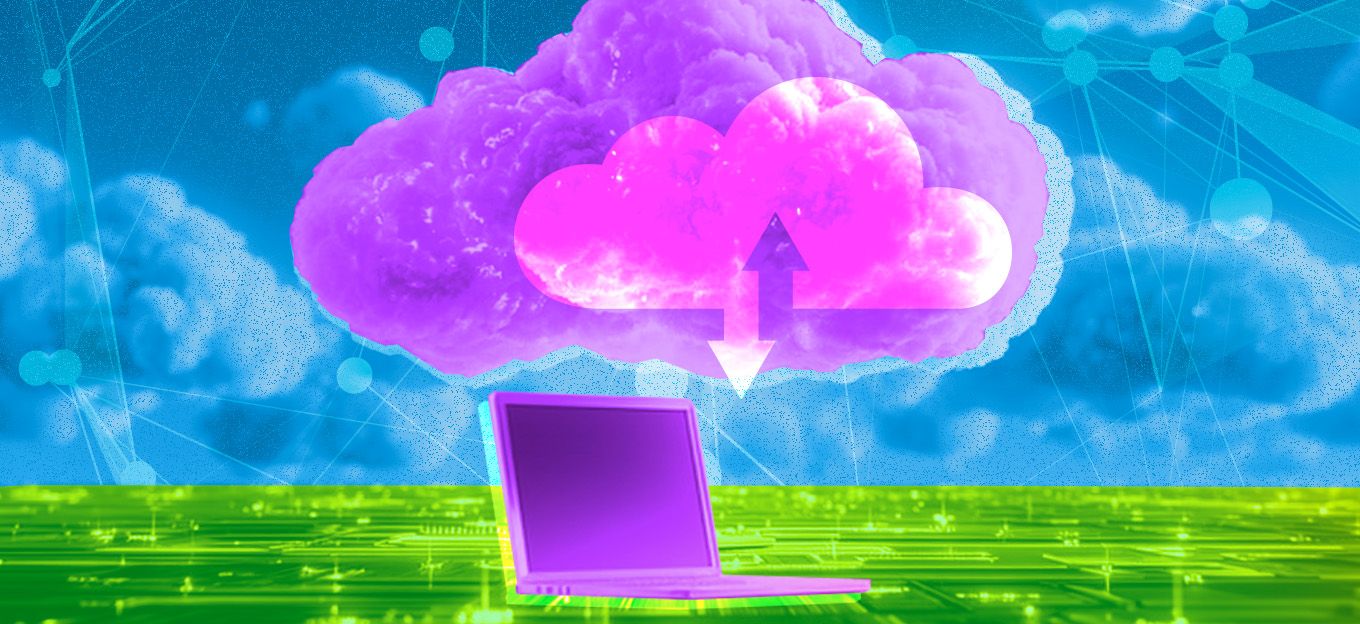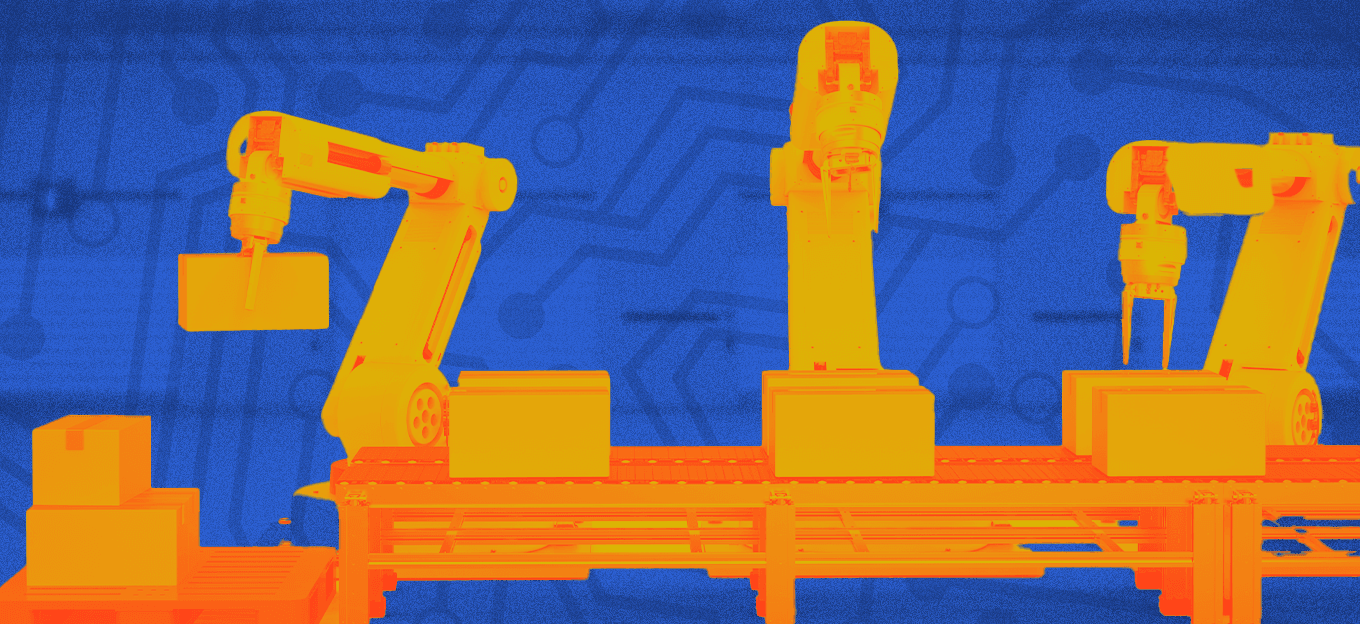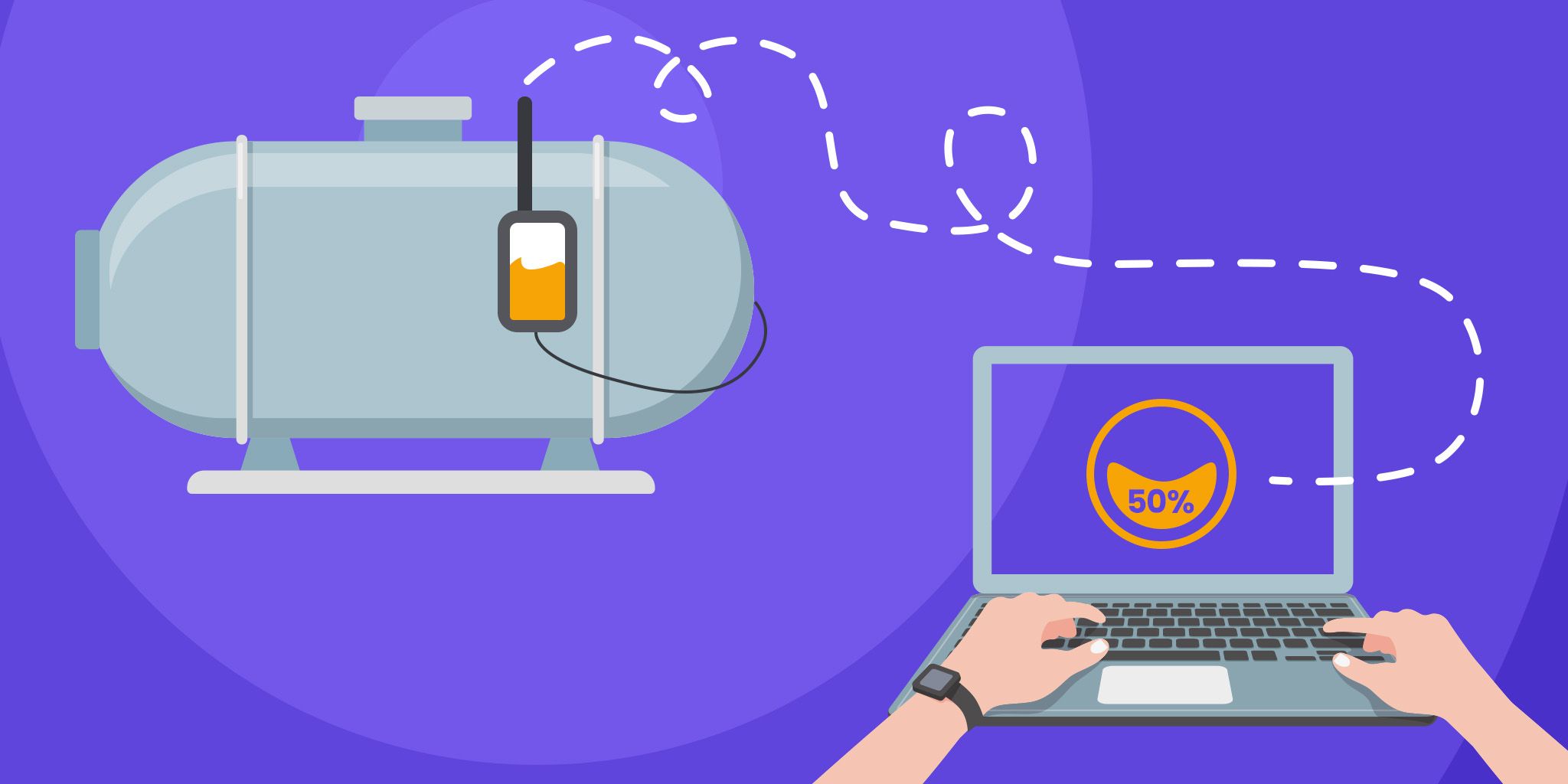Industry 4.0: AI-Enabled Fault Detection
Industry 4.0: AI-Enabled Fault Detection
- Last Updated: December 2, 2024
Guest Writer
- Last Updated: December 2, 2024



Improvements in AI are coming together with better machine vision controls to create a vital new building block in smart industries–– highly accurate and scalable fault detection. The promise of this technology is huge, not only delivering efficiency improvements but also driving safety and enabling real-time visibility.
Improvements in AI are coming together with better machine vision controls to create a vital new building block for smart industries, including highly accurate and scalable fault detection.
The global smart manufacturing market is set to experience significant growth in the immediate future, with one Research and Markets report anticipating a CAGR of 12.4% between 2020 and 2025 and a $384.8 billion valuation compared with $214.7 billion in 2020. One of the key drivers of this growth is industrial automation in manufacturing processes, according to the analyst firm, and increasing demand for time and cost reduction via software solutions.
An excellent example of a burgeoning demand and innovation area in the industrial automation space is AI-powered fault detection. Part of the uptick in interest is that the ability to automate fault detection is vital in two key areas of the manufacturing process––detecting faults in plant machinery as part of a predictive maintenance program and as a QA tool, ensuring that manufacturing output conforms to specifications.
The Hunt for Machine Vision
A key technological commonality is a need for reliable and highly configurable machine vision, especially in the QA process, where spotting surface imperfections is a vital element of the procedure. Traditional machine-vision solutions such as Automated Optical Inspection (AOI) rely on inflexible rules or a so-called ‘golden image’ to compare product images with a known-non defective image. However, the problem here is that any false positives result in unnecessary wastage, while the opposite allows defective parts through. In this grey area, AI can transform effectiveness; in some cases, it delivers improvements of up to 95 percent by all-but eliminating false positives.
Challenges and Benefits of AI-Machine Vision
Interestingly, one of the main challenges for manufacturers moving to an AI fault detection environment is to ensure that the data used to train the AI is clear and unambiguous. For example, human inspection tends to be subjective, with different inspectors passing or failing the same defects, so amalgamating that subjective pass/fail data can lead to ambiguous or conflicting decisions, which leads to imperfect models. Even having clean data to train the AI is only a small part of the process. Indeed, training a proof-of-concept AI model for visual inspection might only represent 10 percent of the full deployment's overall time and cost.
Another key challenge is ensuring consistency of materials and environmental factors, such as lighting. Changes in either of these can immediately result in very high error rates, requiring recalibration or retraining the model. This then requires successful deployments to have an environment change detection system in operation. However, environmental change detection systems can deliver a vast range of benefits, in addition to fault detection. For example, a segmented system might improve worker safety (by automatically cutting power to machinery if the movement is detected in a restricted area), monitoring for fire, smoke, or other air quality hazards (like dust or gas leaks) provide out-of-hours security.
Vision Is In The Wind
There are wider applications for AI-machine vision, especially as it begins to mature. One exciting area is automatically monitoring wind turbine blades for damage, something Swiss UAV company Sulzer Schmid and AI firm NNAISENSE have partnered on. Previously detailed inspection of rotor blades would involve a full shutdown, then technicians climbing “up the tower” to manually inspect surfaces for wear and tear.
The automated system uses the 3DX Inspection Platform of Sulzer Schmid to acquire high-definition images consistently and achieve 100 percent blade coverage while minimizing human errors and operational risks. The AI software automatically scans the entire blade surface, only highlighting inconsistencies and areas of concern for manual review, saving hundreds of working hours otherwise spent reviewing perfectly operational blade surfaces.
The uses of AI-machine vision go well beyond turbine blades, of course and reach into almost every facet of modern life - a fact that is illustrated by the recent open-sourcing of a potentially game-changing new framework for object detection called DETR, or Detection TRansformer. The researchers responsible are from Facebook.
Collaboration for the Real-Time Future
AI-Enabled fault detection as a whole is certainly hot property at the moment, and the growing maturity of the components and pilot projects points to continuing expansion over the coming years. One collaborative project, the German Government-funded SPAICER, demonstrates just how seriously the big industry is taking the concepts––SPAICER aims to use leading AI technologies and Industry 4.0 standards to optimize production processes and predict malfunctions in real-time. Launched in April 2020, the associated partners include Siemens, BMW, Fuchs, Microsoft, Ford, Daimler, Zeiss, and Dell.
An early Applications is to harness AI to predict the impact of material fluctuations on the wear rate of tools in a medium-sized German company where costs of up to Euro 500,000 per hour are incurred in tool wear and replacement. The aim is to classify variations and their impacts in real-time, allowing the overall risk to production to be mitigated, creating a more resilient production process.
The search for real-time data––and real-time actionable data at that––is inevitably the key for automated fault detection. The use of increasingly powerful AI makes this previously unattainable prospect a practical possibility of today and a vital business asset for tomorrow. Indeed, the medium term is likely to bring increasingly commoditized, SaaS-style cloud AI platforms with specialized fault detection and monitoring modules, harnessed to on-premise sensors, and machine-vision capable camera systems.
The Most Comprehensive IoT Newsletter for Enterprises
Showcasing the highest-quality content, resources, news, and insights from the world of the Internet of Things. Subscribe to remain informed and up-to-date.
New Podcast Episode

IoT and AI in 2026
Related Articles





